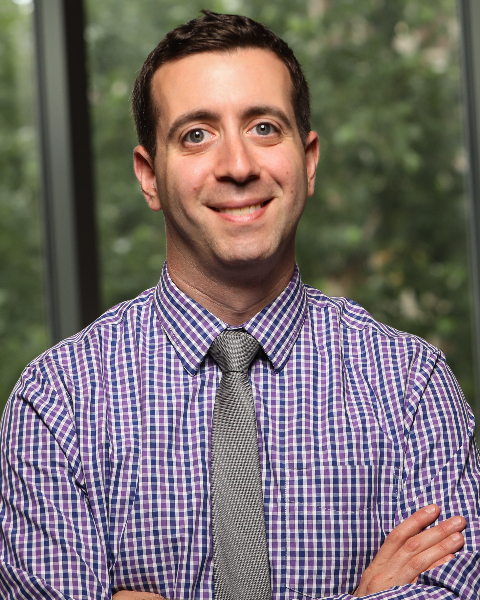Symposia
Translational
2 - (SYM 76) Using Shared Decision-making to Plan Modular Treatments Collaboratively with Families

David Langer, ABPP, Ph.D. (he/him/his)
Suffolk University
Boston, Massachusetts- LH
Lindsay Holly, PhD (she/her/hers)
Assistant Professor
Marquette University
Milwaukee, Wisconsin 
Bruce F. Chorpita, Ph.D. (he/him/his)
Professor
University of California Los Angeles
Los Angeles, California
Speaker(s)
Co-author(s)
With the youth mental health evidence base containing over 1,800 active treatments, there is no shortage of treatment approaches available to personalize a youth’s treatment. Yet practically all of these treatment approaches are silent or vague concerning the role youths and their families play in treatment planning. This is an important (and unfortunate) gap. Engaging youth and their families in the treatment planning process supports youth and family autonomy, facilitates adapting treatment approaches to a family’s background, values, preferences, and goals, and capitalizes on the knowledge and lived experiences a youth and their family bring to their treatment. Modular interventions enable clinician—family collaboration by providing more clearly delineated choice points for clinicians and families to consider when planning a treatment.
The presenter will report on the first randomized clinical trial to evaluate shared decision-making (SDM) to plan youth psychotherapy. SDM is an interactive process through which providers and consumers collaboratively determine the course of care. Forty youth were randomly assigned to psychosocial treatment planned using SDM or planned primarily by the clinician. In the SDM condition, clinicians guided youth and caregivers through a collaborative treatment planning process that relies on research findings to inform three primary decisions: 1) treatment target problem(s), 2) treatment participants, and 3) treatment techniques. Youth and caregivers in the SDM condition reported significantly greater involvement in the treatment planning process compared to their counterparts in the clinician-guided condition (p = .037 and p = .014, respectively) and SDM caregivers reported significantly lower decisional conflict (p = .004) and decisional regret (p = .020). Supporting the feasibility of successful SDM implementation, there were no significant differences between conditions on treatment length, satisfaction with decisions, or engagement. The presenter will discuss the impact that SDM had on the modules selected and the implications these results have for the application of SDM to treatments based on a modular intervention design, in addition to making recommendations for next steps in fostering clinician—youth collaboration using modular treatments.

